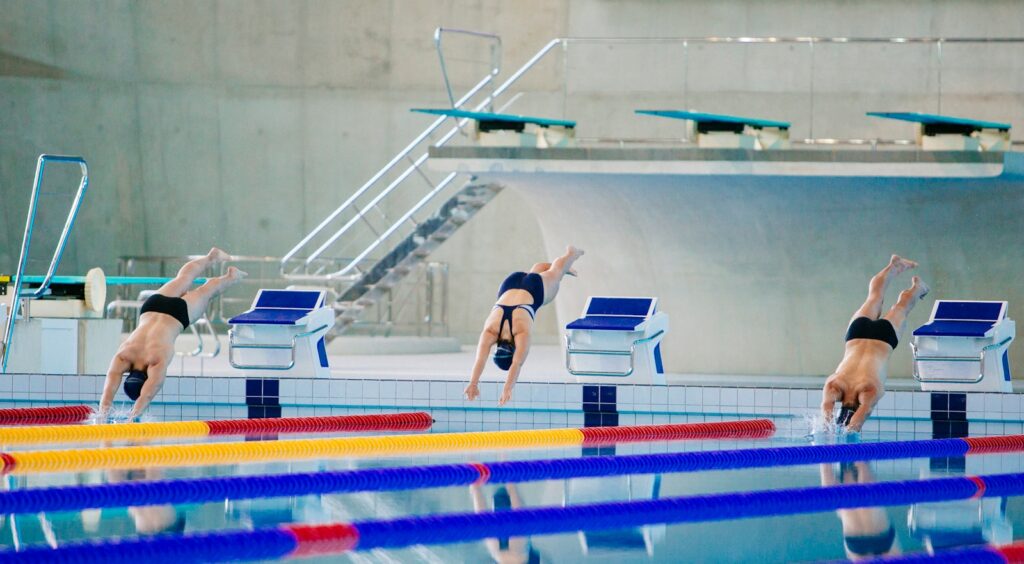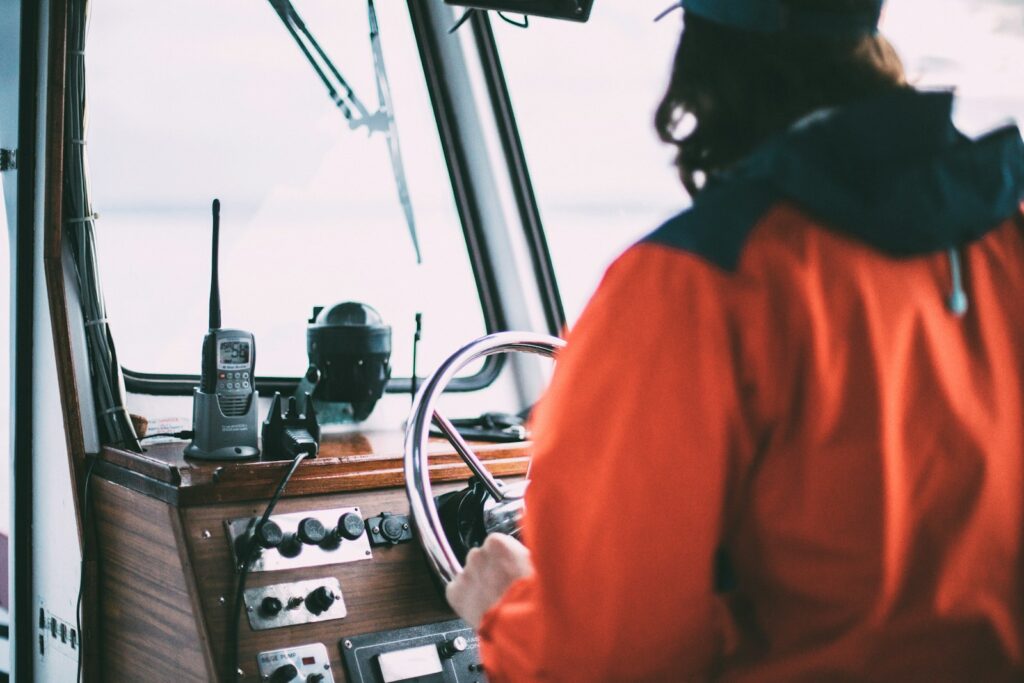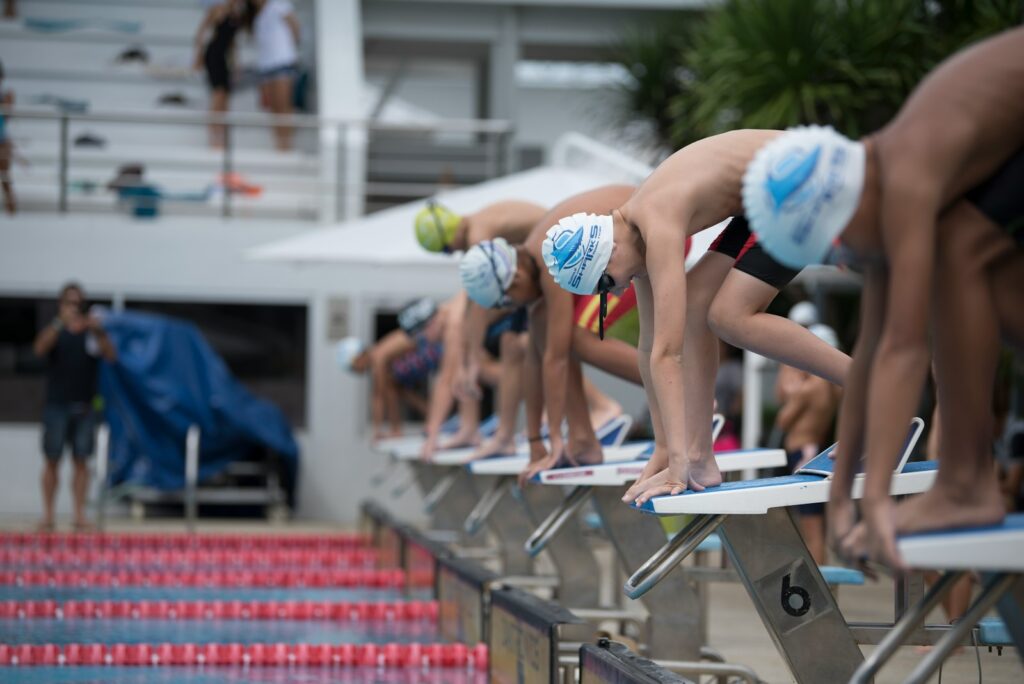Water-based activities offer some of life’s most exhilarating adventures, from cascading down rapids in a kayak to exploring underwater ecosystems while scuba diving. However, these same bodies of water that provide recreation also demand respect and caution. Each year, thousands of outdoor enthusiasts face dangerous situations due to inadequate preparation or knowledge about water safety. Whether you’re planning a leisurely day at the lake or embarking on a multi-day whitewater expedition, understanding essential water safety principles could quite literally save your life. This comprehensive guide will equip you with critical knowledge to enjoy aquatic adventures while minimizing risks.
Understanding Water Conditions Before You Go

Before embarking on any water-based activity, thoroughly research the specific conditions of your destination. Check weather forecasts, water temperatures, tidal charts, or river flow rates depending on your environment. Local ranger stations, visitor centers, and experienced guides can provide invaluable insights about hidden dangers like submerged objects, unexpected currents, or areas prone to flash flooding. Many outdoor recreation areas now maintain online resources or mobile apps that provide real-time updates about water conditions. Remember that conditions can change rapidly, so gathering information the day before your activity isn’t sufficient – always check for updates immediately before heading out.
Never Swim Alone: The Buddy System Saves Lives

The buddy system remains one of the most effective water safety practices across all aquatic activities. Even strong swimmers can experience cramps, exhaustion, or medical emergencies while in the water. Having a companion means someone is always available to provide assistance or call for help during an emergency situation. When swimming with a partner, maintain visual contact and establish clear communication signals beforehand. For activities like kayaking or paddleboarding, travel in groups of at least three people when possible, as this allows one person to stay with an injured companion while another seeks help. Remember that the buddy system is only effective when all participants actively monitor each other throughout the activity.
Wearing Proper Personal Flotation Devices

Personal flotation devices (PFDs) provide essential buoyancy that could make the difference between life and death during water emergencies. Select a Coast Guard-approved PFD appropriate for your specific water activity and weight, ensuring it fits snugly but comfortably. Modern PFDs come in various styles including inflatable versions that offer greater mobility for activities like kayaking or fishing. Regardless of your swimming ability or comfort level in water, always wear your PFD when boating, paddling, or participating in water sports. The most dangerous mindset is believing you’re skilled enough to forego this critical safety equipment – even Olympic swimmers wear PFDs during certain water activities because they understand that emergencies can happen to anyone.
Recognizing and Avoiding Dangerous Currents

Water currents can be deceptively powerful, even in seemingly calm bodies of water. Rip currents in oceans pull swimmers away from shore, while river undercurrents can trap even strong swimmers beneath the surface. Learn to identify warning signs such as discolored water, debris moving in a consistent direction, or gaps in breaking wave patterns that might indicate rip currents. When caught in a current, fight your instinct to swim directly against it – instead, swim parallel to the shore until you’ve escaped the current’s pull. In river environments, be particularly cautious around low-head dams, which create recirculating currents that can trap swimmers indefinitely. Understanding current dynamics before entering any body of water significantly reduces your risk of dangerous encounters.
Essential Water Rescue Skills Everyone Should Know

Basic water rescue techniques can transform an emergency situation from tragic to manageable. Familiarize yourself with the “reach, throw, row, go” principle: first try to reach the victim from shore with a pole or branch; if that’s impossible, throw a flotation device; if necessary, use a boat to reach them; and only as a last resort should you enter the water yourself – and only if properly trained. Learn proper techniques for assisting struggling swimmers without endangering yourself, as panicking victims often inadvertently pull rescuers underwater. Consider taking formal water rescue courses through organizations like the American Red Cross or other certified safety programs. These courses provide hands-on practice of rescue techniques and build confidence in emergency response capabilities.
Hypothermia Prevention and Response

Water conducts heat away from the body approximately 25 times faster than air, making hypothermia a serious risk even in moderate temperatures. Always dress appropriately for water activities, considering both air and water temperatures – wetsuits or drysuits are essential for cold-water environments. Learn to recognize early signs of hypothermia including shivering, confusion, and loss of coordination in yourself and companions. If someone shows symptoms, immediately remove them from wet environments, replace wet clothing with dry alternatives, and provide gentle warming – avoid rapid rewarming techniques as they can cause dangerous heart rhythm disturbances. For extended water activities in cool environments, pack extra insulating layers in waterproof containers and plan more frequent breaks on shore to allow body temperature regulation.
Navigating Water Safely During Different Seasons

Each season presents unique water safety challenges that outdoor enthusiasts must prepare for specifically. Spring often brings dangerous conditions with cold water temperatures despite warming air, alongside high water levels and strong currents from snowmelt. Summer introduces risks from crowded waterways and higher likelihood of thunderstorms developing rapidly over water bodies. Fall can deceive recreationists with pleasant air temperatures while water temperatures drop significantly, increasing hypothermia risks. Winter activities on frozen water bodies require specialized knowledge about ice thickness safety thresholds and self-rescue techniques for ice breakthroughs. Adjust your safety protocols seasonally and research specific seasonal hazards for your chosen water environment before every outing.
Essential Safety Equipment Beyond PFDs

While personal flotation devices form the foundation of water safety, additional equipment significantly enhances protection during water activities. Carry waterproof communication devices like marine radios or waterproof phone cases to summon help during emergencies. Pack visual signaling tools including whistles, mirrors, and waterproof flashlights that work regardless of cellular coverage. For activities in remote areas, consider personal locator beacons (PLBs) that transmit emergency signals to search and rescue systems via satellite. Weather-appropriate clothing including sun protection, quick-drying materials, and appropriate thermal layers helps prevent both hypothermia and hyperthermia. Create a comprehensive safety kit tailored to your specific water environment and activity, and ensure all members of your group know where safety equipment is stored and how to use it properly.
Understanding Water-Related Medical Emergencies

Water environments can trigger or exacerbate several medical conditions that outdoor enthusiasts should be prepared to recognize and address. Beyond drowning, be aware of shallow water blackout caused by hyperventilation before swimming underwater, which can lead to unconsciousness without warning. Recognize signs of secondary drowning, where water inhaled into the lungs causes problems hours after the initial incident. Understand how pre-existing medical conditions like seizure disorders or heart conditions may require additional safety precautions around water. Consider taking wilderness first aid courses specifically addressing water-related emergencies, as traditional first aid training often doesn’t cover the unique challenges of providing medical care in aquatic environments. Always inform companions about any personal medical conditions that might require special attention during water activities.
Alcohol and Water Recreation: A Deadly Combination

Alcohol consumption significantly impairs judgment, coordination, swimming ability, and body temperature regulation – all critical faculties for water safety. Studies consistently show alcohol involvement in approximately 25% of all adult drowning deaths during recreational activities. Even moderate alcohol consumption reduces reaction time and decision-making capabilities, potentially turning manageable situations into life-threatening emergencies. The dehydrating effects of alcohol compound risks by accelerating fatigue and impairing physical performance in water environments. Beyond personal safety, intoxicated individuals endanger others by making poor decisions as boat operators or failing to adequately supervise children near water. Save celebratory drinks for after your water activities are completely finished and you’re safely away from water environments.
Water Safety for Special Populations

Different populations face unique water safety challenges requiring specialized approaches. Children should always have dedicated adult supervision using “touch supervision” for non-swimmers (staying within arm’s reach), even with flotation devices present. Older adults should acknowledge how aging affects swimming abilities and endurance, making appropriate adjustments to activity duration and intensity. Individuals with disabilities can safely enjoy water recreation with proper adaptive equipment and techniques designed for their specific needs. Non-swimmers participating in water activities should openly communicate their limitations to companions and take extra precautions including wearing highly visible PFDs and staying in designated shallow areas. Remember that safety accommodations aren’t limitations but rather tools that enable everyone to enjoy water activities appropriately.
Creating a Water Safety Action Plan

Developing a comprehensive water safety plan before each outing dramatically improves outcomes during emergencies. Outline specific emergency procedures including evacuation routes, nearest medical facilities, and local emergency contact information beyond the standard 911. Designate specific responsibilities during emergencies – who will perform first aid, who will contact emergency services, and who will guide rescuers to your location. Establish clear communication protocols including check-in times and procedures if group members become separated. Share your detailed itinerary including expected return time with reliable contacts not participating in your water activities. Review this safety plan with all participants before beginning your activity, ensuring everyone understands their roles and the procedures to follow during various emergency scenarios.
Continuous Learning and Skill Development

Water safety knowledge and skills require ongoing development throughout your outdoor recreation journey. Consider formal training through organizations offering certifications in swimming, water rescue, first aid, and activity-specific safety such as whitewater rescue or scuba emergency procedures. Practice emergency scenarios regularly, including self-rescue techniques like reboarding capsized watercraft or recovering from accidental immersion while fully clothed. Stay current with evolving best practices by connecting with community organizations focused on your specific water activities. Remember that water safety skills are perishable – regular practice maintains proficiency and builds the muscle memory needed to respond effectively during high-stress emergency situations. Even experienced water enthusiasts benefit from refresher courses and continuous learning about emerging safety techniques and equipment.
Water activities offer incredible opportunities to connect with nature and experience unique adventures, but they demand respect and preparation. By incorporating these essential water safety practices into your outdoor recreation planning, you significantly reduce risks while maximizing enjoyment. Remember that water safety isn’t just about personal protection – it’s about fostering a culture of responsibility that enhances everyone’s outdoor experiences. No adventure is worth compromising safety, and with proper knowledge and preparation, you can enjoy water environments confidently for years to come. Stay informed, stay prepared, and most importantly, stay safe on your aquatic adventures.

